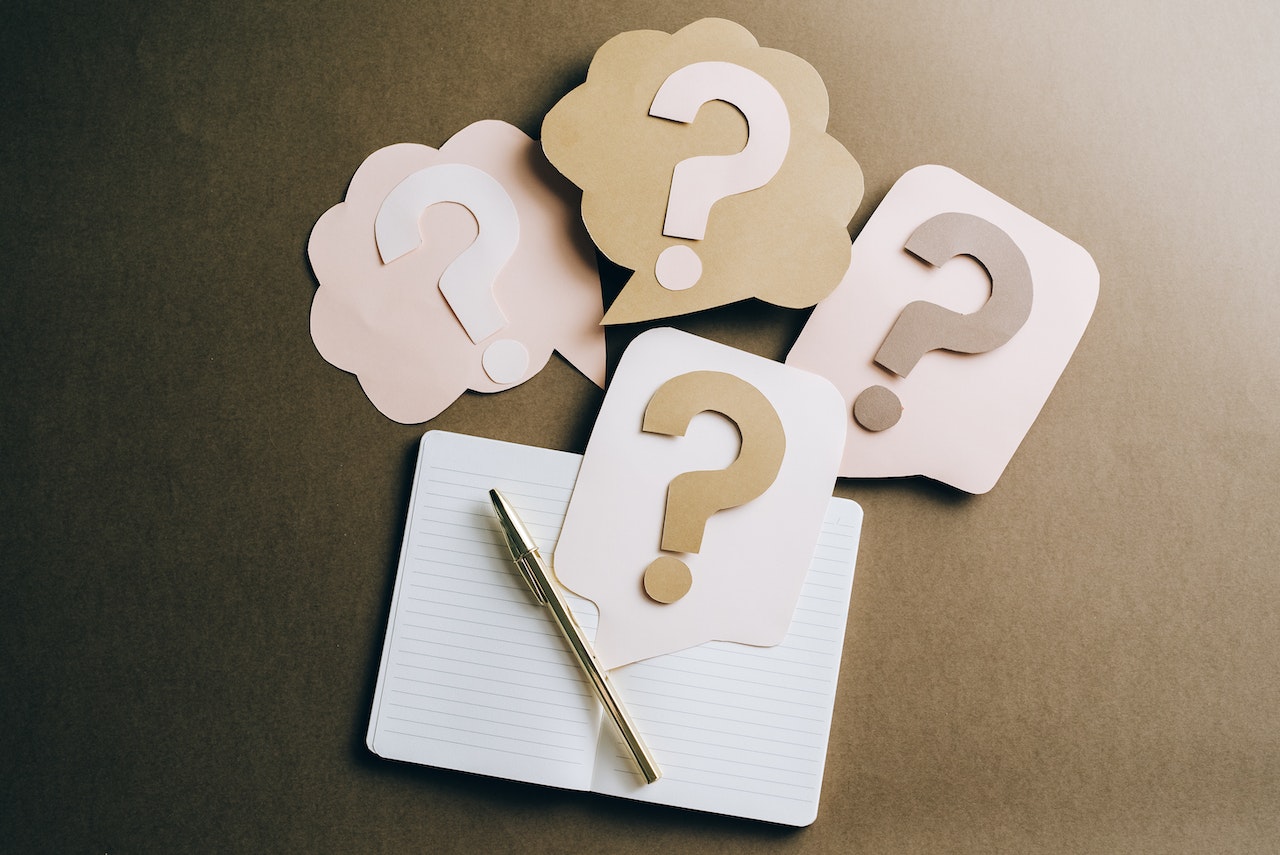Five benefits of in-app messaging for better customer engagement

In this piece, Julien Rio, Marketing Director at RingCentral Engage Digital, talks through five ways in-app messaging can enhance customer engagement and streamline processes.
More and more companies are adding instant messaging as a channel for customer service, with popular platforms such as Facebook Messenger and WhatsApp on their desktops. This is because customers’ communications are becoming increasingly digital whether it’s with friends or family or with the brands they love. Some companies are recognising this trend by taking it a step further and putting messaging directly in their apps – this is what we mean by in-app messaging.
Why does In-App messaging matter?
In-app messaging is a simplified way of communicating with a user within an app. Its interface is similar to the popular messaging apps we have already mentioned. One of its benefits is that it also allows users and customer service agents to exchange media, such as photos, voice messages, and of course emojis.
Unlike live-chat, in-app messaging uses asynchronous communication, this means that you do not have to stay connected while waiting for a response. A customer is notified of new messages, and the conversation history is kept. This makes the whole customer service experience much more streamlined and customers avoid waiting unable to do anything else.
So what are the benefits of In-App messaging?
We’ve already started to mention some benefits of messaging itself, but how does in-app messaging improve the experience further, not just for the customer but for the brand?
1. Increase in engagement
Implementing in-app messaging can foster increased engagement. For example, Uber uses in-app messaging to allow customers/riders to send messages directly to their driver once they book a ride, and vice versa. The user’s chat feature shows all the driver details including the name, vehicle type and number plate. Clever additions such as message-read receipts for customers and read-aloud capability for drivers, improve trust and remove driver distractions.
In-app messaging can also increase an app’s stickiness (if you add more features, customers will keep and use the app more often). Stickiness is essential, it leads to brands that are memorable and stay in the hearts and minds of consumers.
Companies put a lot of resources into creating branded apps, so it’s important to keep the uninstall rate low by keeping the user base interested in, and using the app. In-app messaging can be a way to keep the brand front of mind with notifications or promotions curated for that user sent as messages. People look at their phone on average 52 times a day, giving them a reason to make one of those a launch of your app, to view a notification or promotion, will help increase engagement. Statistics suggest that adding in-app messaging, leads to a minimum 30% increase in app launches and better engagement.
2. A seamless experience
One of the key advantages of In-app messaging is that customers can send you enquiries directly within your application. It becomes frictionless, enabling a continuous customer experience that puts them directly in touch with an agent that can help.
Because a customer’s account identifies them in the app, their data is accessible to the agents; customers don’t have to repeat information and the agent does not need to switch between apps or browsers.
When it comes to agents or marketing sending In-app messages, targets and timing must be managed well. This helps ensure the right context for starting conversations and ensures customer expectations are met. Contextual and personalised messages can make a huge difference in the customer journey, removing frustrations and aiding the sales conversation.
3. Adapts to your branding
Implementing in-app messaging should feel like a natural part of the user’s experience of your application. The key is to design an experience for customers that is smooth and snappy. After all, no-one will want to use it if it takes a considerable length of time to load a chat screen. Unlike external apps like Facebook Messenger, in-app messaging can be customised to reflect your brand image, crucially making it part of your brand experience.
4. No dependency on other messaging platforms
Unlike external messaging apps such as WhatsApp and Facebook Messenger, you own all the data in your app, including messaging. This is very important, as you don’t want to be beholden to third parties on how it is used. Also from a user experience perspective, you are not dependent on the user having accounts with both you and a third party messaging provider in order to contact you. When they need to speak with you, they should not have to create an account to do so, plus you would need to connect that account to their company account – creating painful integration issues.
5. Fewer calls, with convenience for customer and agent
Customers want the quickest and most effective answer possible. By using in-app messaging, customers can send their enquiry directly within the app and you can respond faster and efficiently.
Unlike phone calls or live chat, messaging does not require synchronous communication. This means that customers are not constrained by customer service opening hours. In-app messaging can be promoted by the brand as a convenient alternative to phone calls. This can reduce call volumes, but remember it creates more messages, and you must be geared up to handle that. One way to do this is with automated responses to simple questions you might receive, for example, asking about opening hours.
Effective engagement
In-app messaging is a great way to advance your customer care efforts. It is a better customer experience, you own the data, and centralise the user experience in your app. With a conversational style that is more personal, it can help brands build trust and loyalty, and even improve revenue as a result of improved customer engagement.


